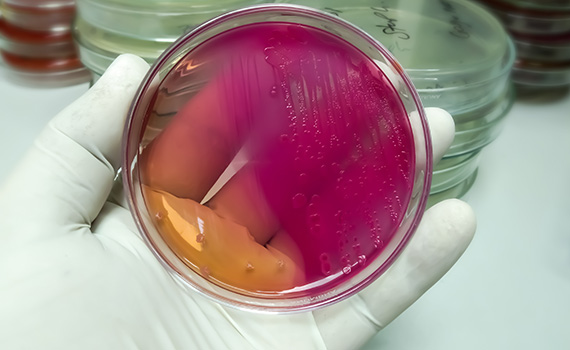Tips for feeding poultry raised without antibiotics

Growers replacing antibiotics in poultry diets face a steep learning curve filled with variables relating to bird health, disease pressure, feed inputs and housing.
Creating a plan that includes production basics in combination with feed and organic additives has the potential to optimize antibiotic-free production, according to a report by WATTAgNet.
Production basics begin post-hatch where early feed intake plays a critical role in gut health by establishing a healthy microflora. Allowing even short periods of feed deprivation can increase gut permeability to pathogens, toxins and bacteria.
Nutrient digestibility depends on quality feedstuffs and rations designed to meet each growth stage. These two factors help minimize unabsorbed nutrients found at the terminal ileum where they can harbor pathogenic bacteria including colibacillus, Salmonella and clostridium. By providing a well-balanced amino acid profile, dietary protein levels can be reduced while still increasing digestibility. This reduction in protein levels also impairs bacterial proliferation. 
Synergy among antibiotic alternatives is key to success. For example, organic acids and botanicals are often combined with good results. Because many bacteria are acid intolerant, organic acids can slow microbial bacterial growth. Research shows that blends of organic acids are more effective than single acids.
Cinnamon, oregano and clove are the most commonly used botanicals for their antimicrobial and antiviral properties in commercial products. These phytogenic compounds display a useful synergy with organic acids.
Enzymes can be used to degrade anti-nutritional factors such as non-starch polysaccharides in cereals. Here their indirect mode of action reduces the availability of undigested feed to microbes making them beneficial in diets composed of wheat, barley and rye.
Minerals including copper and zinc which are widely used in swine diets, also show antimicrobial promise for poultry diets.
Ultimately, no feed ration or additive is as valuable in antibiotic-free production as maintaining a high-health flock. The flock’s well-being depends on quality care, tight biosecurity, all-in/all-out stocking and enhanced cleaning/disinfecting procedures.
Posted on October 13, 2015
 We’re glad you’re enjoying
We’re glad you’re enjoying










